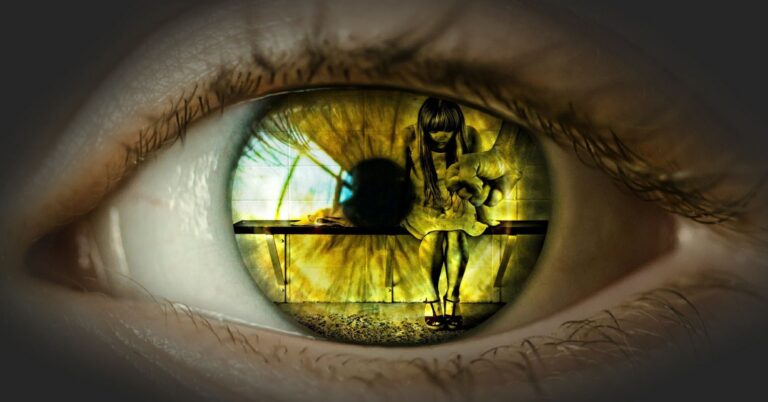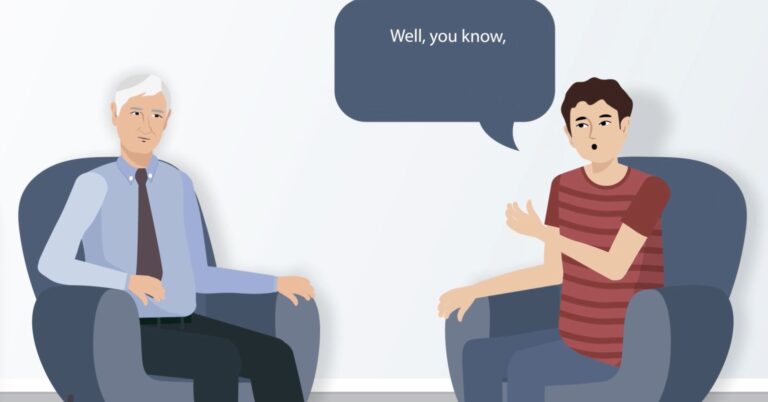In an earlier post, I argued that suicide is not an illness or a symptom of an illness. It is an action with a very personal background. We explain and understand actions with stories (1). In our approach to patients we see after a suicide attempt, we use a full first session for a patient-led narrative interview (2). In a narrative interview, patients are seen as the experts of their life stories, while the interviewer is in the not-knowing position. In our clinical work, we learned that most patients have a good narrative competence. We hear stories of unbearable psychological pain triggered by adverse experiences. These are usually related to very individual vulnerabilities that often emerge repeatedly in people’s lives. However, we wanted to understand how life goals, a key element of the theory of goal-directed actions, and vulnerabilities are related. We found the answer in our first case study—the story of the violin maker—based on the theory of action theory.
The Violin Maker
In 1997 we published this first case study where we applied the suicide-as-action model to a 43-year-old patient of mine who died by suicide one year after he had been referred to me for treatment after a suicide attempt (3). George was the son of a professor of history whose life principle had been that with a strong will, you can achieve anything. However, George did not fulfill the expectations of his father, who kept telling him that he was a failure and that he would never be good for anything in his life. At university, he tried several subjects and finally chose music as his main subject. He got married, the couple had three children and developed a caring and warm family atmosphere—different from what G. had experienced at home. He left his studies and started to build string instruments: violins. His violins were of outstanding quality, but he was not a salesperson. The business did not support the family, and his wife had to earn money to support the family. Gradually, George lost self-confidence, became depressed and mentally paralyzed, unable to work. Still, he took an effort and decided to get certified as a violin maker, which he hoped would help him to support his family from his own business. But he was turned down by the violin makers’ association because he did not fulfill the training requirements. Following this blow, he had extreme aggressive outbursts, repeatedly wrecking parts of the household. He made a serious suicide attempt, was admitted to a psychiatric hospital, where he was discharged two weeks later. I saw George twice in my practice, then he dropped out of treatment.
Clinically, I diagnosed a severe depression, but he refused to take antidepressants. One year later, his wife contacted me and told me that he had ended his life by suicide. In an aggressive outburst, he had demolished all the instruments in his workshop. He had seized the car keys from his wife and left the house. He broke into the surgery of the local family doctor, a personal friend of his, got hold of two bottles of barbiturates, and drove into the forest. His body was found the next day.
One year prior to his suicide, George had written a letter that his wife found after his death: ”Nothing helps. I have tried everything in my life. Really, I am looking forward to make my exit. It is important to see that my life is a succession of failures in every respect. I messed up the relationships with most of my relatives, and I am in the train of doing the same thing with my wife. Everything wrong, always, always, always. My best wishes to everybody, including me. I do not know where the journey will go, but at least it does not stay in this vale of tears.”
Understanding suicide based on action theory

Vulnerability is related to early negative experiences
Copyright Science Animated Sci Ani
In the context of action theory (4), to which my colleague Ladislav Valach had introduced me, the case of the violin maker became an eye-opener for me. This suicide only made sense in the context of George’s biography. It was obvious: His vulnerability stemmed from the early painful experience of being rejected by his father: “You are a failure.” The related life goal was to be successful in his own life, to prove his father wrong. Failure to achieve this goal was the related personal vulnerability: “I am a failure.” Being rejected by the violin makers’ association triggered psychological pain, and the goal that suicide was the solution.
Conclusions
In our case study, we concluded that suicide may become a goal when existential life goals are at stake. Life goals that are related to our sense of identity can be conscious or unconscious. We may strive to be successful, respected, admired, or loved. Or to prove that we are not a failure. Or to be a good parent and provide security to the family. However, existential needs that compensate for severe adverse experiences in childhood may be risky. They make us vulnerable in case we experience serious setbacks in the pursuit of our identity-related goals. When we are deeply hurt in our existential needs, we may react like a wounded animal, trying to escape the pain.
My next post will be about suicide and the suicidal mode.
If you or someone you love is contemplating suicide, seek help immediately. For help 24/7 contact the National Suicide Prevention Lifeline, 1-800-273-TALK, or the Crisis Text Line by texting TALK to 741741. To find a therapist near you, see the Psychology Today Therapy Directory.



















+ There are no comments
Add yours